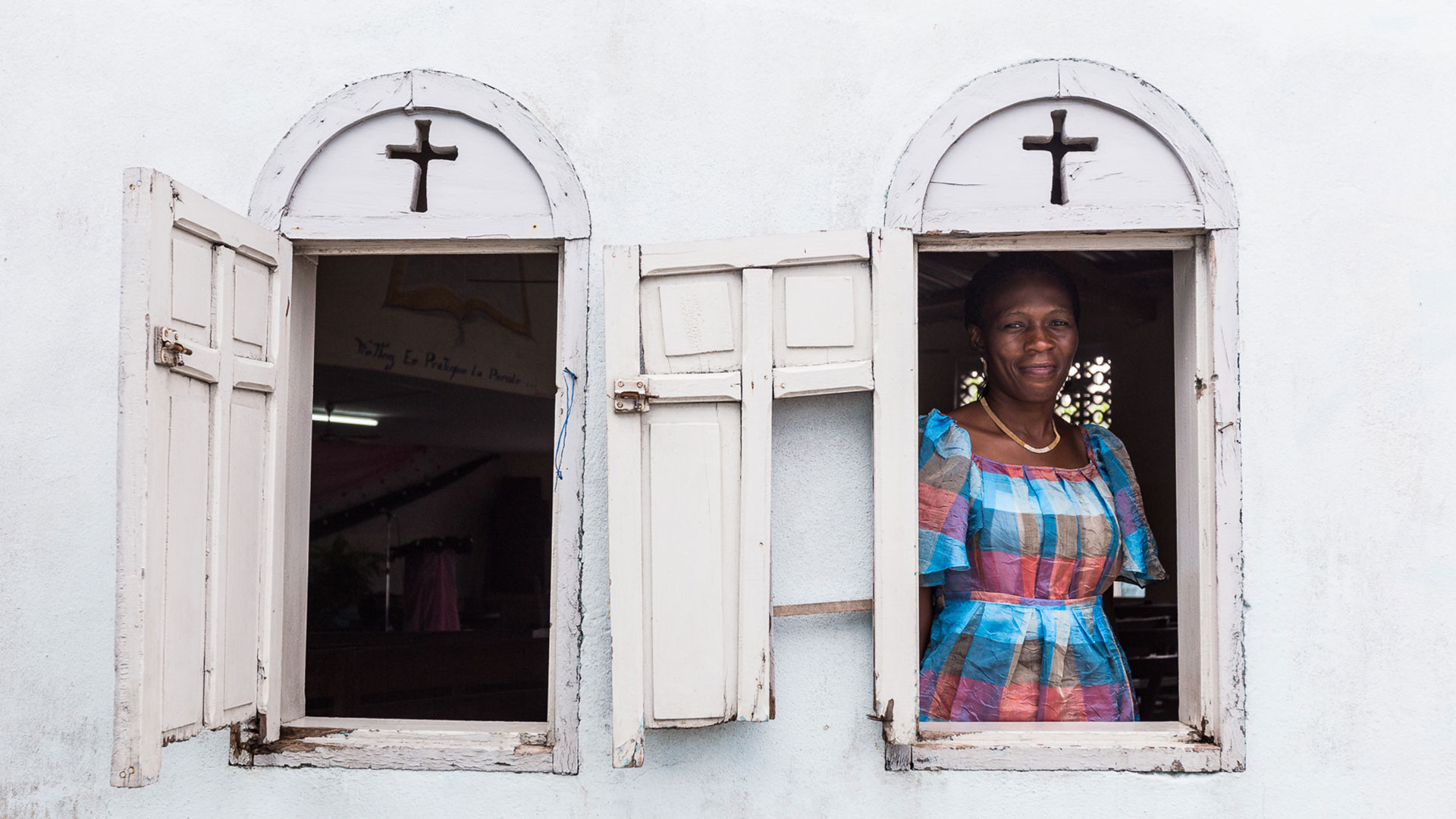
Bricks and mortar, steel and glass, mud and stone: none of these building materials has ever actually constituted the church. The church is made up of men and women—spiritual sisters and brothers—knit together into one family through saving faith in Jesus Christ. But when those sisters and brothers get together for worship, teaching, and fellowship, they usually meet together in places of worship that are often, but not always, buildings.
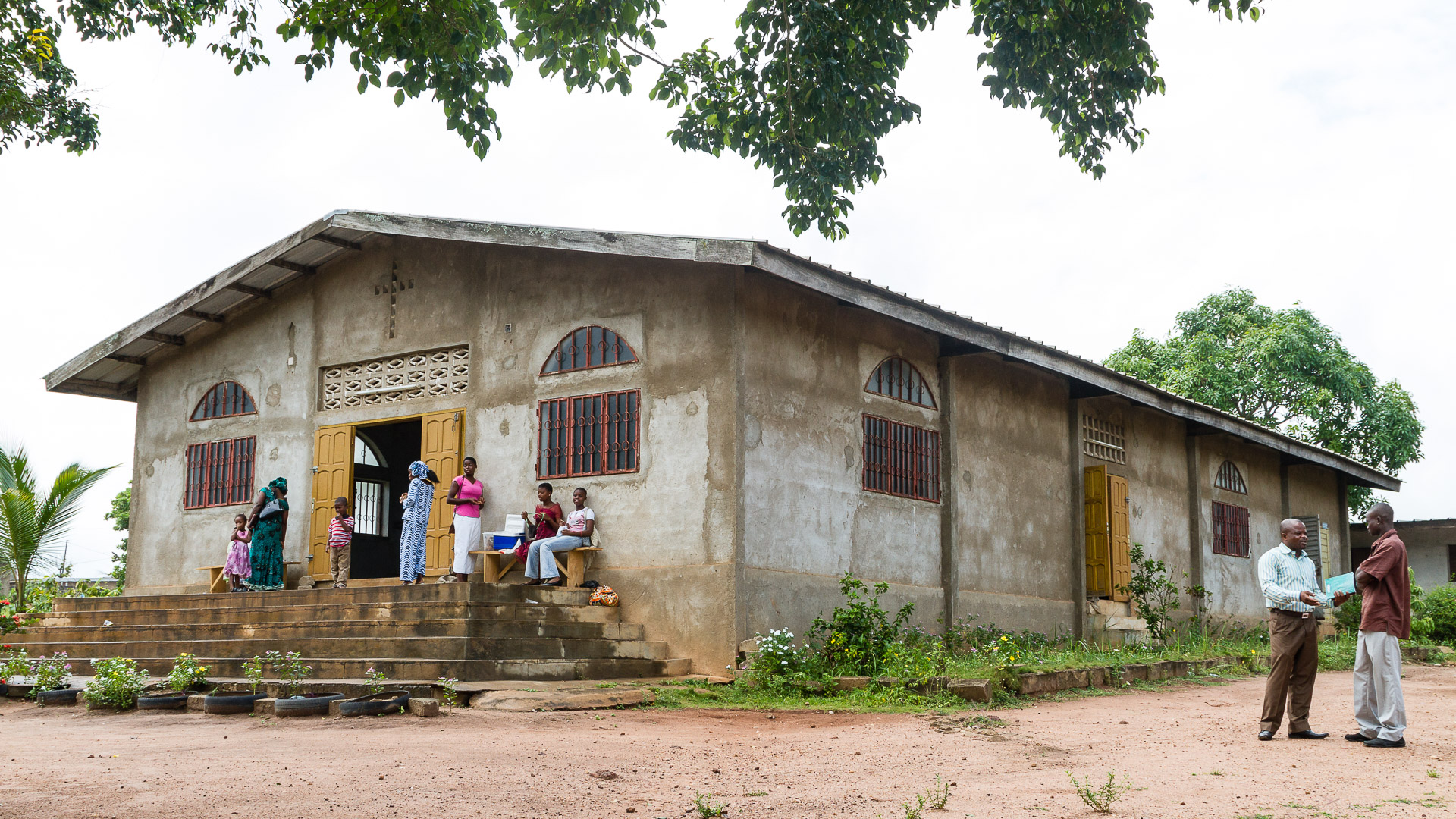
During nine years of civil war, Air France II Baptist Church in Bouaké, Ivory Coast, was broken into and looted thirteen times, but they never missed a Sunday service during the conflict. Photo by Max Power.
The architecture of the buildings in which various churches meet may tell us a lot about the beliefs and priorities of the Christian group that gathers there. The magnificence and soaring vertical heights of some cathedrals inspire awe while emphasizing the transcendence of a God who is sovereign—King of Kings, and Lord of Lords. Functional, informal, small church structures tend to draw attention to the immanence of a God who dwelt among us and to the humility of a Savior who carried his own cross. Some minimal modern church architecture even focuses on abstract qualities of God: his holiness or his identity as the light of the world.
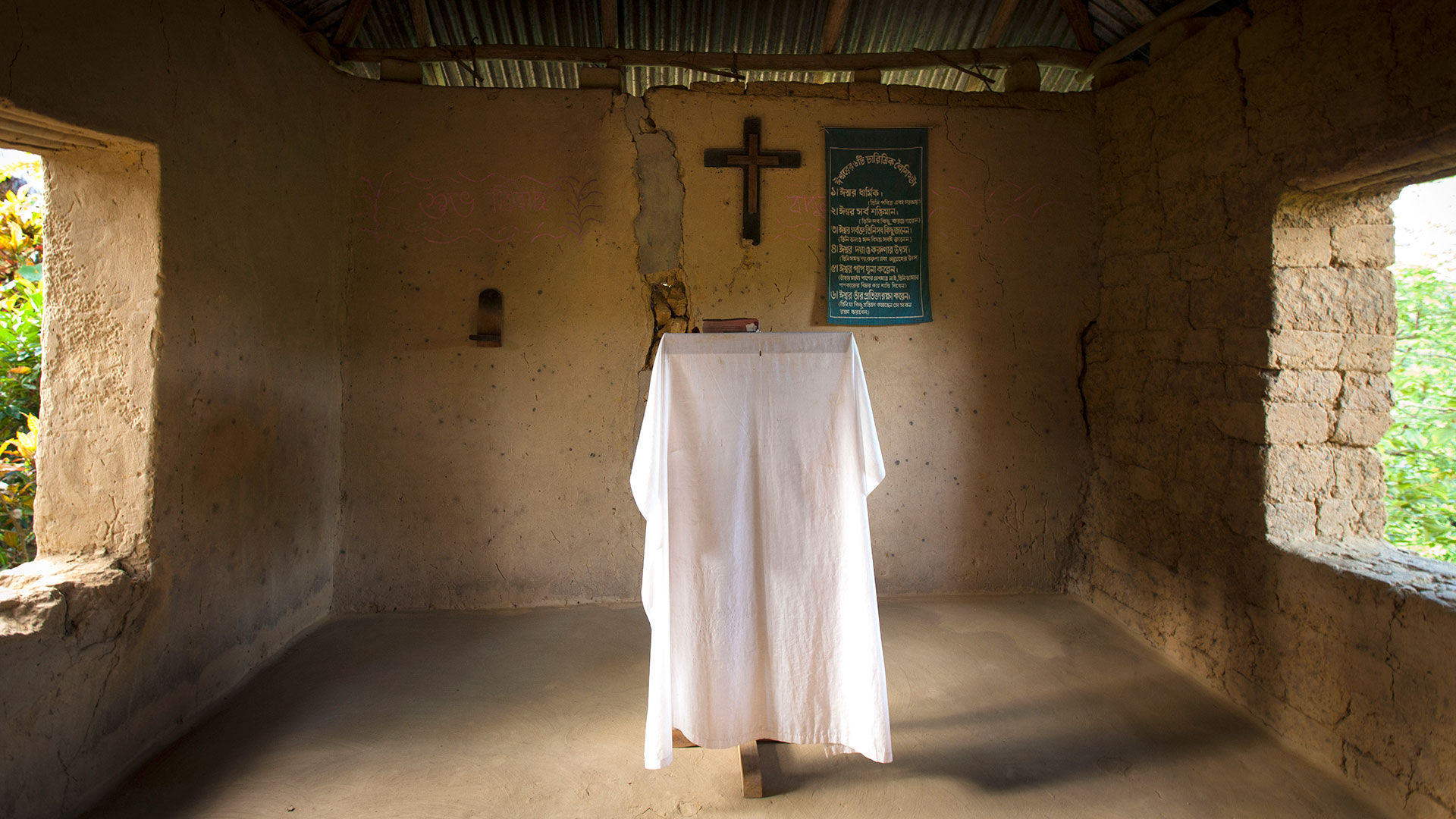
This church in a village in Bangladesh is made of sun-dried mud bricks and was built by the local pastor and his son. Photo by Kelvin Joseph.
Baptists tend to think of church buildings as functional meeting places and downplay the role the aesthetics of the building might play in witness and evangelism. But whether a church building looks foreign or is made in the architectural style common to the area has a tremendous impact on whether local people see Christian churches as their own or as imported into their culture. Just imagine a Greek Revival chapel in a Peruvian village, a Baroque church in a town in Ghana, or a red brick colonial sanctuary on a street corner in Taipei, Taiwan—all would be noticeably out-of-step with the local cultural context.

Leer First Baptist Church in South Sudan. Photo by Justin Veneman.
The Telegraph recently reported that, “around 13 percent of teenagers in the UK said they decided to become a Christian after a visit to a church or cathedral.” The youth interviewed said, “the influence of a church building was more significant than attending a youth group, going to a wedding, or speaking to other Christians about their faith.”
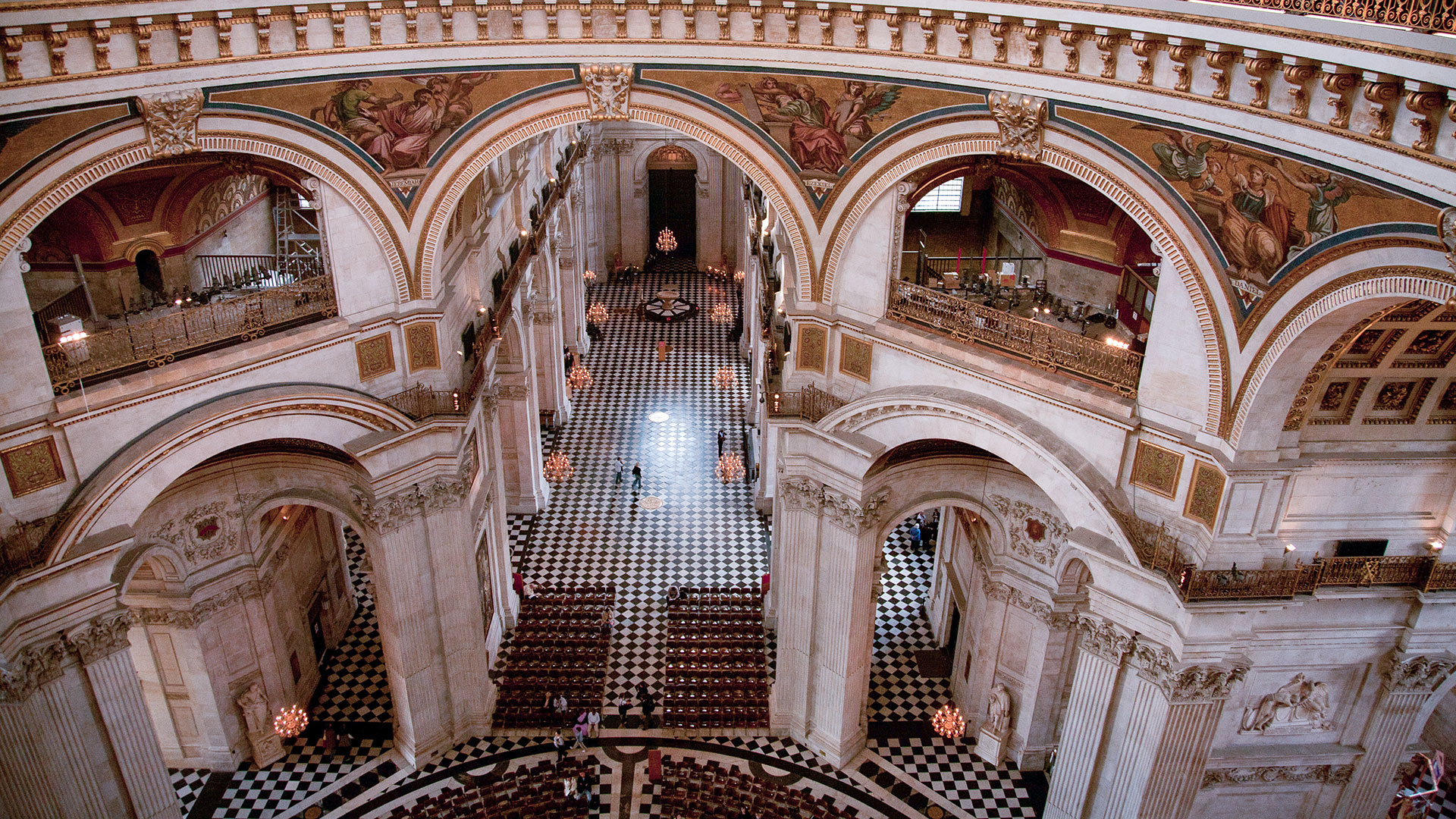
The polished marble and gilt surfaces of St. Paul’s Cathedral in London evoke a throne room. Photo by Matt Jones.
European Cathedrals and megachurches in America facilitate the gathering of thousands for worship. The public assembly of such large groups of believers is unthinkable in cultural contexts where Christians are persecuted or where the state closely monitors and controls religious activities.
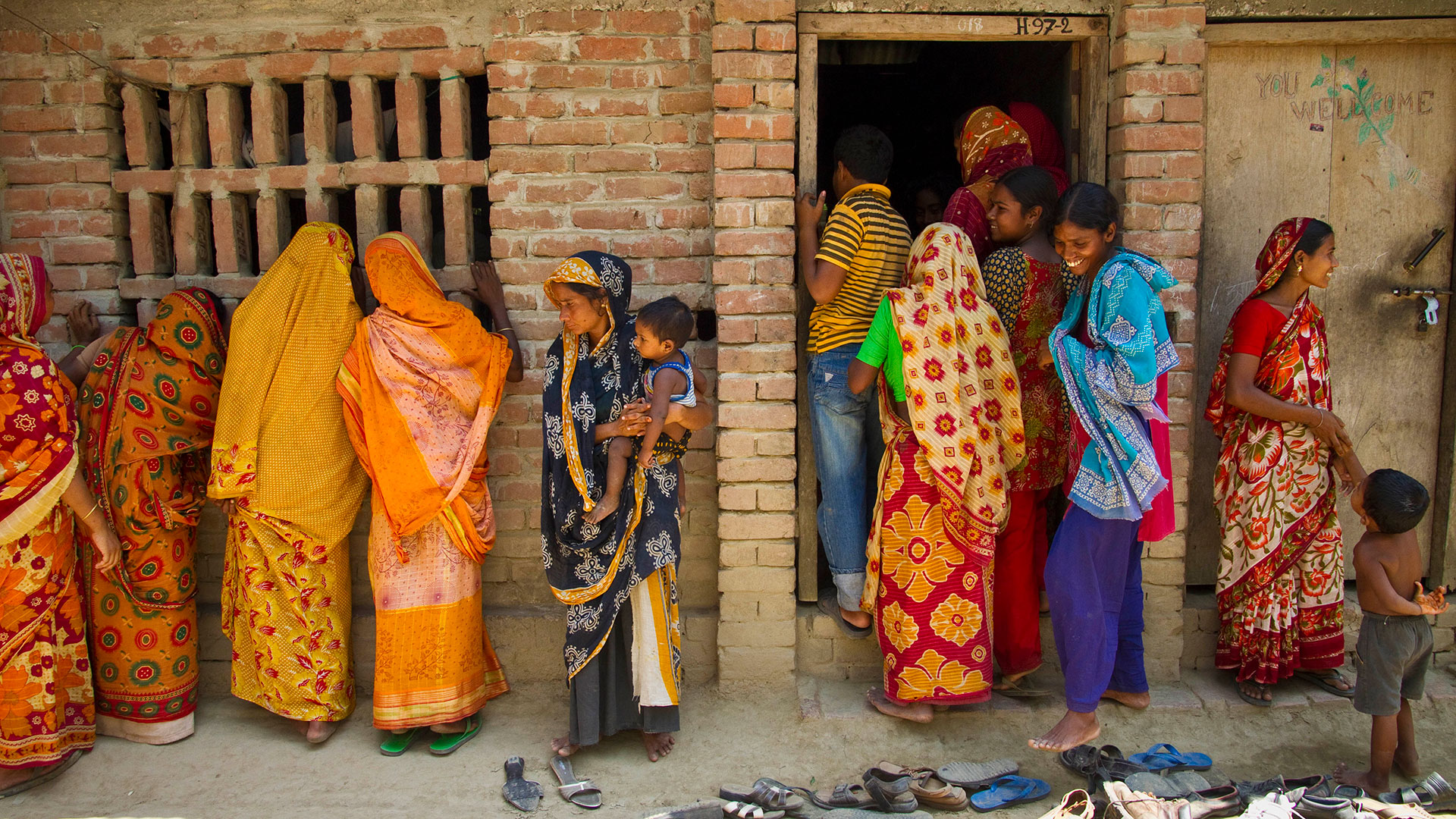
Women and children crowd at the door and window of a village house church in Bangladesh. Photo by Shiloh Lane.
In East Asia, Central Asia, South Asia, and in North Africa and the Middle East, church families frequently meet in locations never publicly identified as churches. Most often these groups meet in private homes.
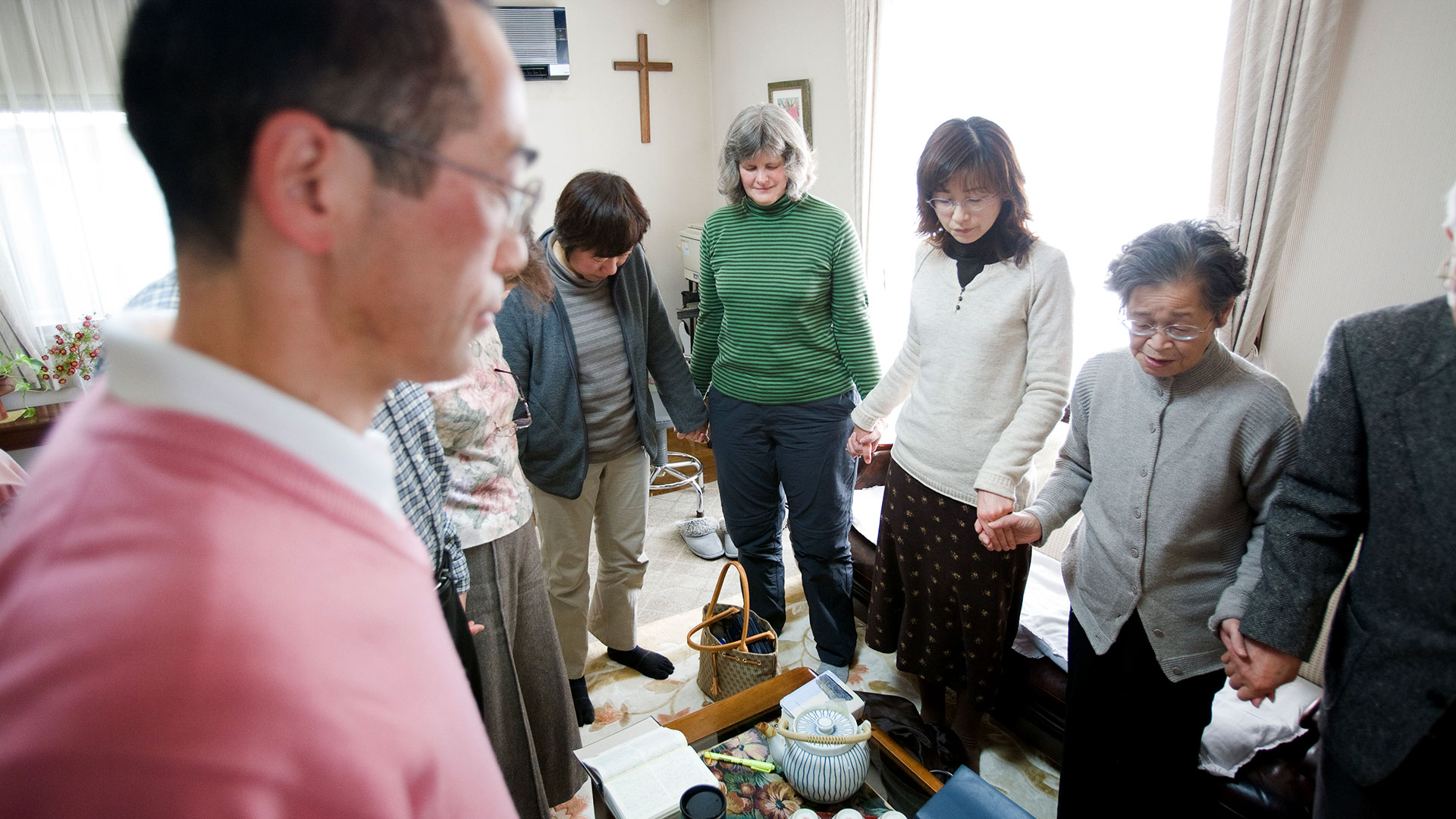
A house church in Japan. Photo by Thomas Davidson.
Some of the earliest churches established in Asia originally met in homes. Paul, for instance, sent greetings from Aquila and Priscilla to the church in Corinth, “along with the church that meets in their home” (1 Cor. 16:19). House churches are frequently mentioned in Paul’s letters (Rom. 16:5, Col. 4:15, Phil. 1:2).
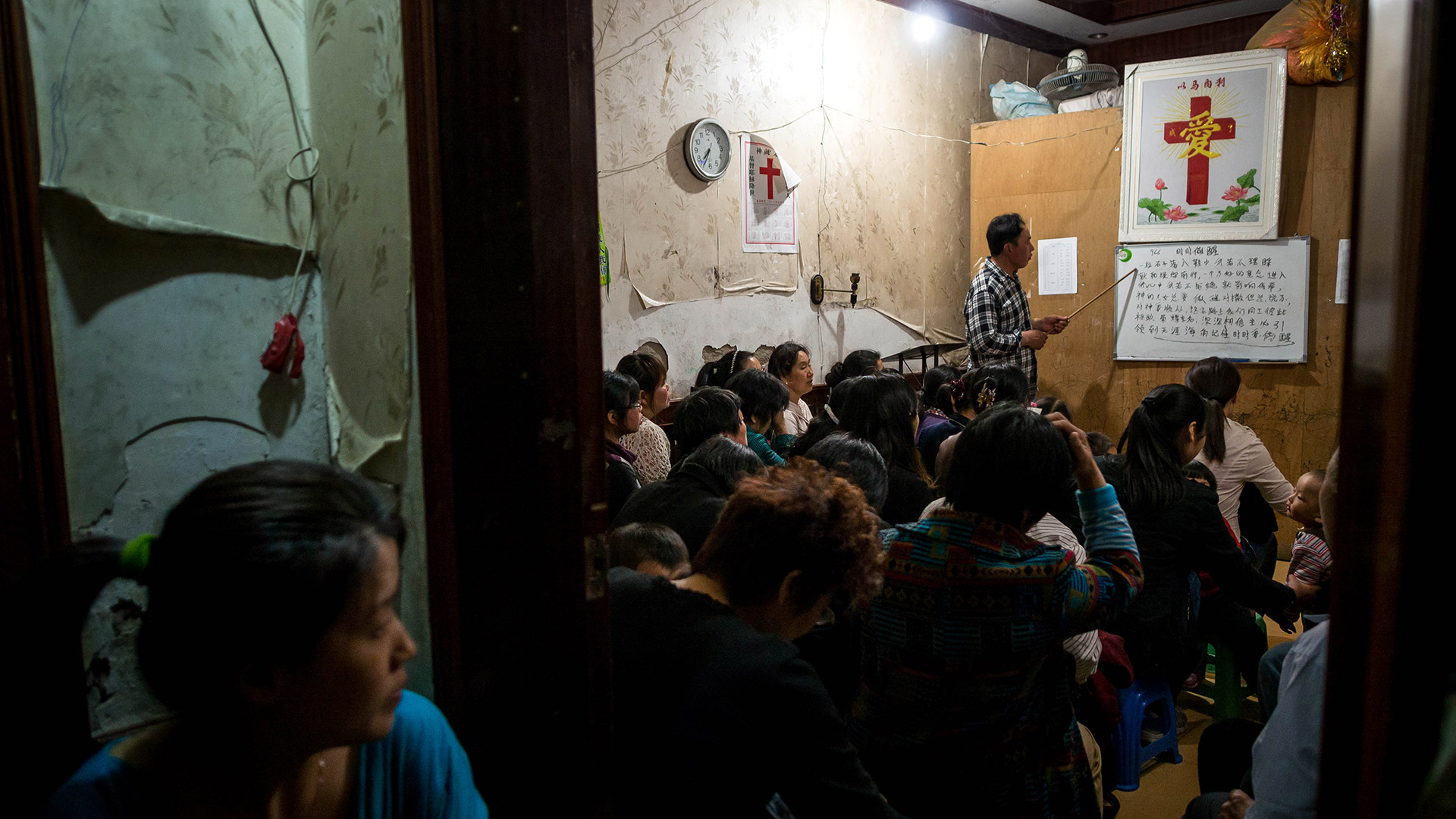
A house church in East Asia. Photo by Hugh Johnson.
The size of private homes may limit the number of people who can be involved in a particular local church. Christianity Today recently reported that many house churches in East Asia that once met in homes to avoid the attention of the police have outgrown their domestic spaces: “Today, at least in the city areas, [former house churches] are larger—between fifty to six hundred attendees—and most often rent space in commercial buildings.”
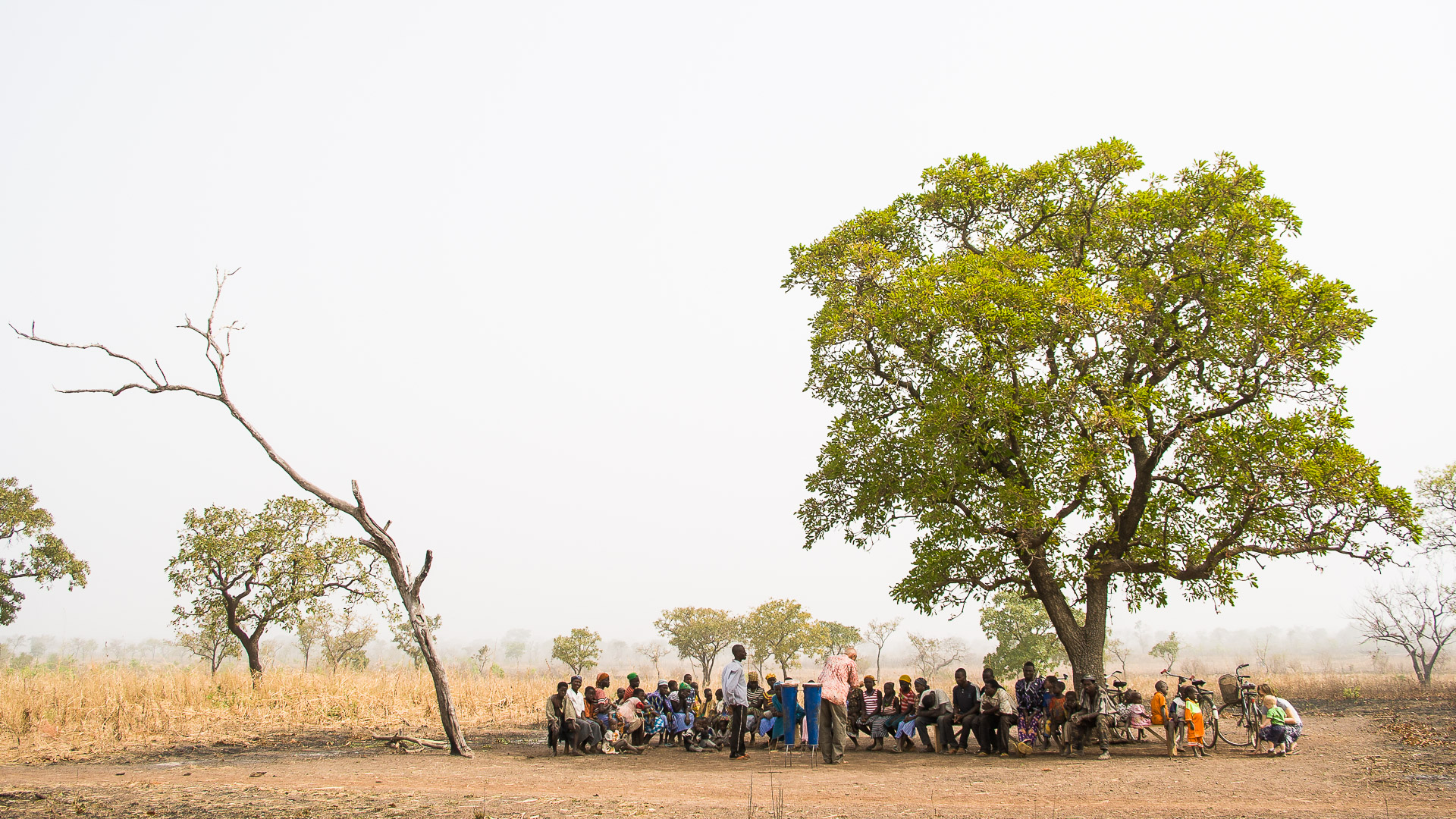
Volunteer Tommy Harrison preaches under a large tree in the Kokomba village of Porungon, Ghana. Photo by Max Power.
But whether a church meets in a house, under a tree, or in an established building isn’t the measure of the church.
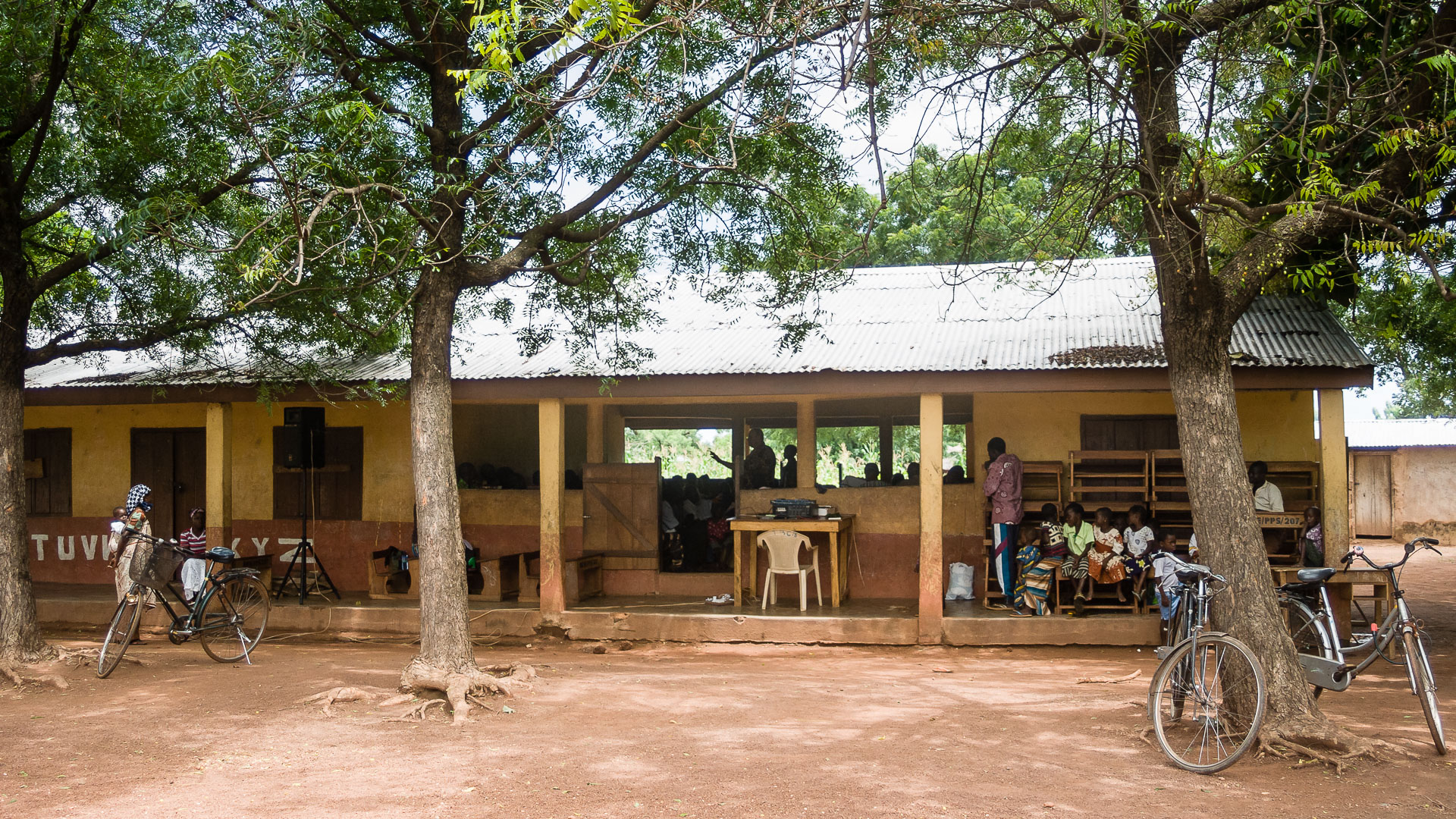
Like many village churches in rural Ghana, Shalom Baptist Church holds its services on Sunday morning in the community’s public school building. Photo by Max Power.
In Transforming Mission, David Bosch suggests the church is, “God’s experimental garden on earth, a fragment of the reign of God, having ‘the first fruits of the Spirit’ (Rom. 8:23) as a pledge of what is to come. (2 Cor. 1:22)”
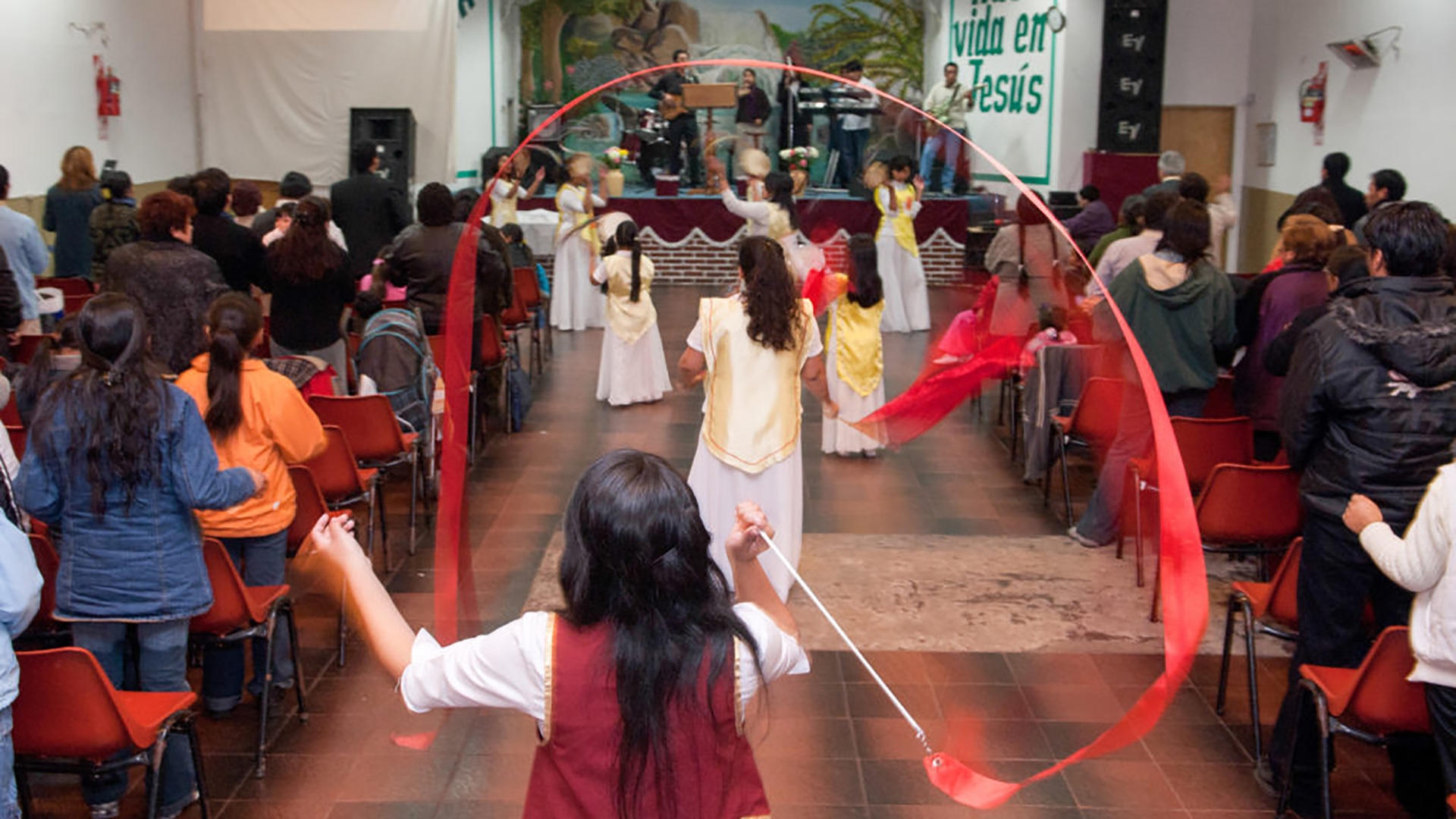
Bolivian immigrants worship at a Baptist church on a Sunday in Buenos Aires, Argentina. Photo by Matt Fields-Johnson.
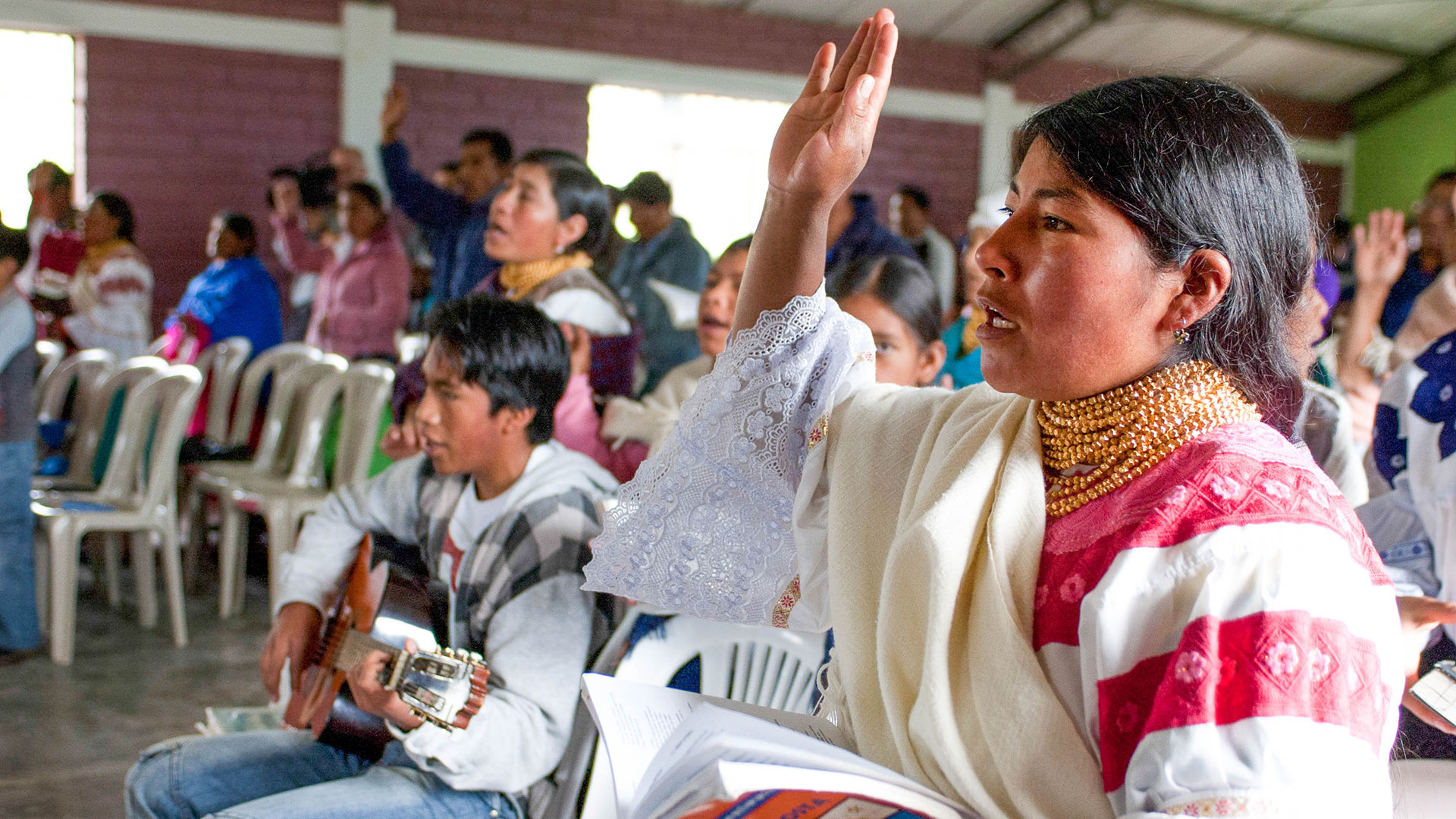
Imbabura Quichuan believers meet for worship at Cristo la Luz del Chirihuasi, a Baptist church in Ecuador. Photo by Kristen Hiller.
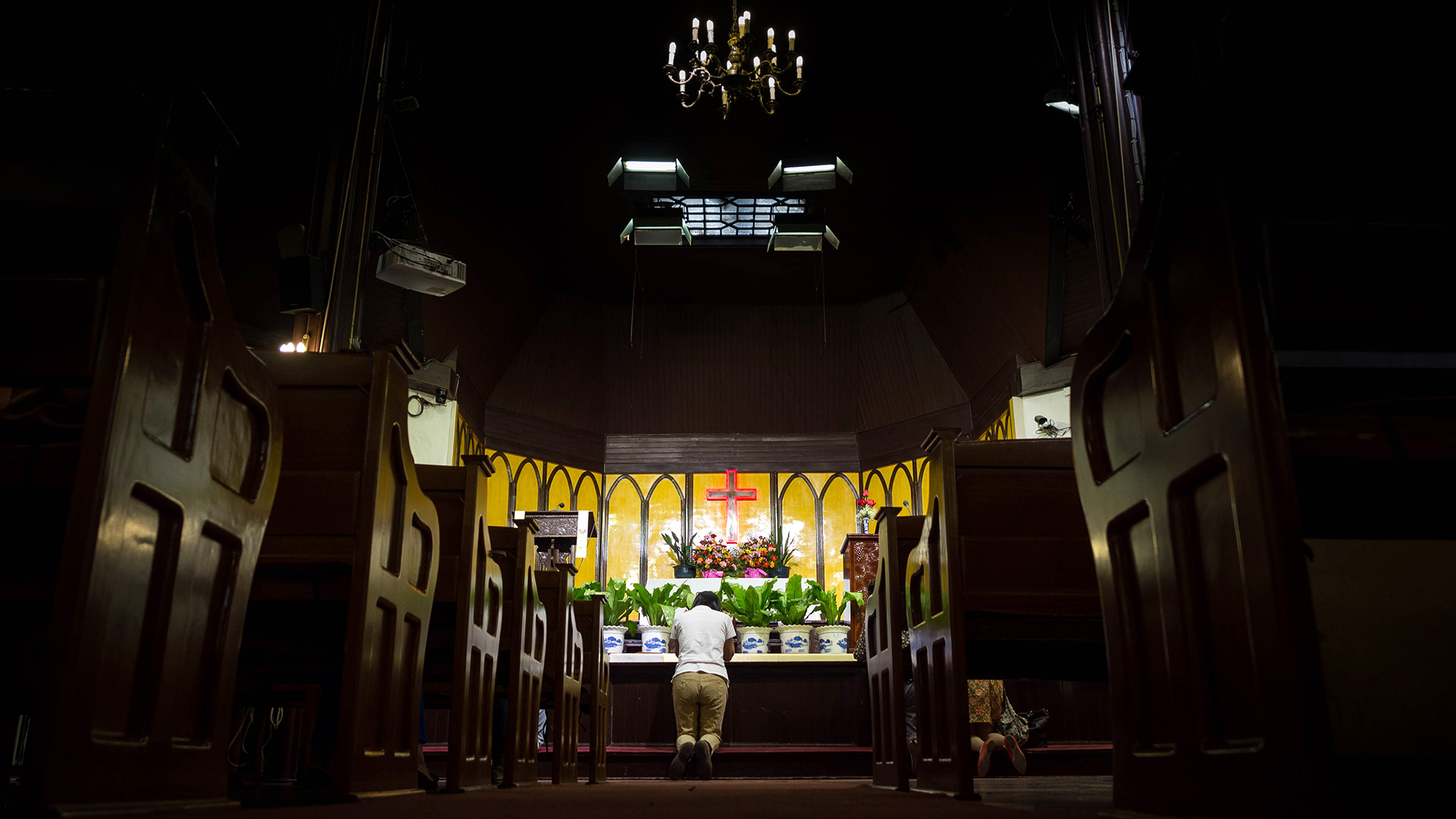
A church in East Asia. Photo by Hugh Johnson.
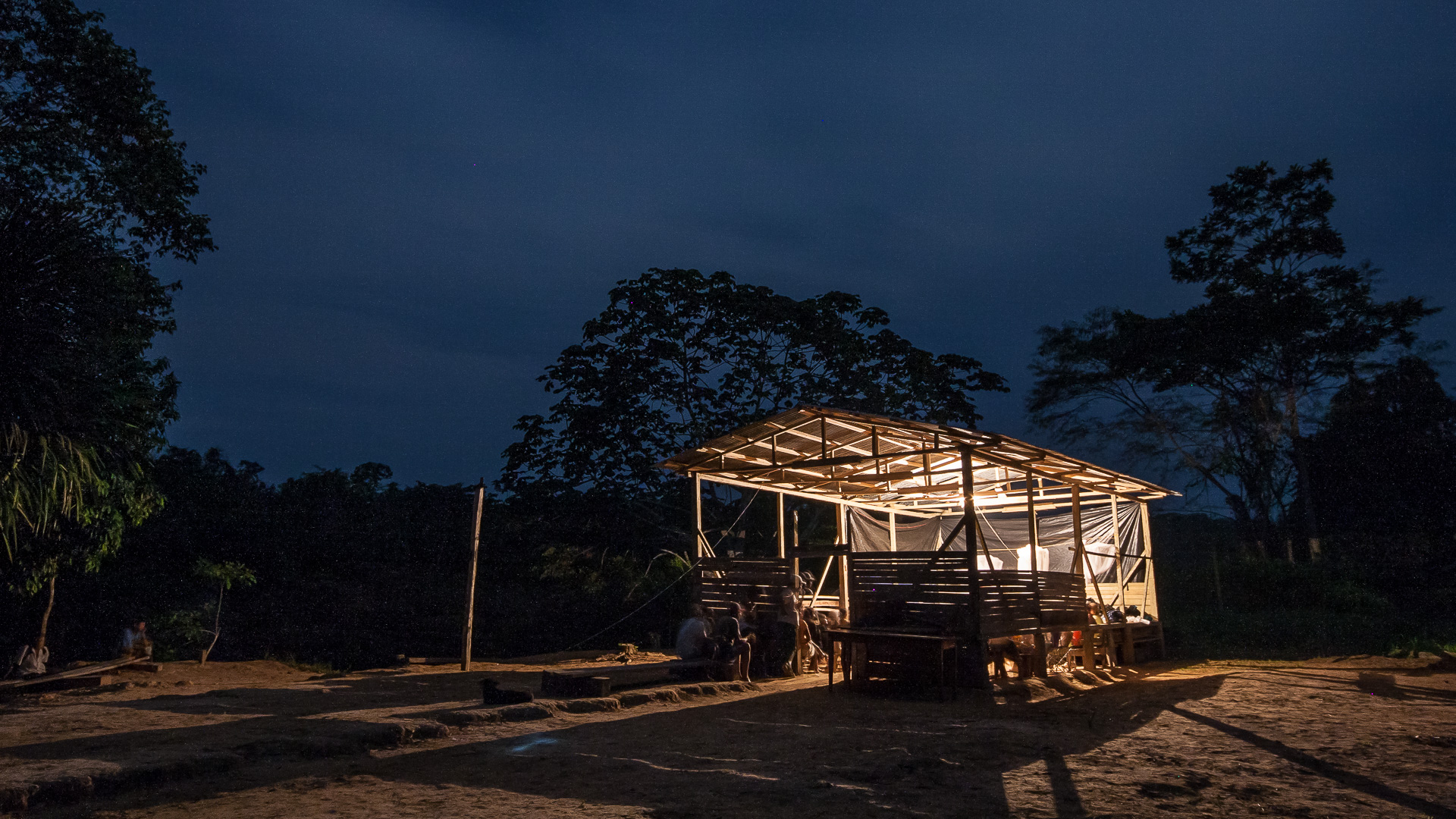
An evening church service in the remote jungle village of Puerto Belen in central Peru. Photo by Max Power.
Regardless of the architectural style of the building, healthy churches should serve as signs within their local community of the goodness of God’s presence among us while testifying to the hope of the coming kingdom in its fullness.
Eliza Thomas is a writer and media specialist who has served with the IMB for fifteen years. She lives with her family in Central Asia.

